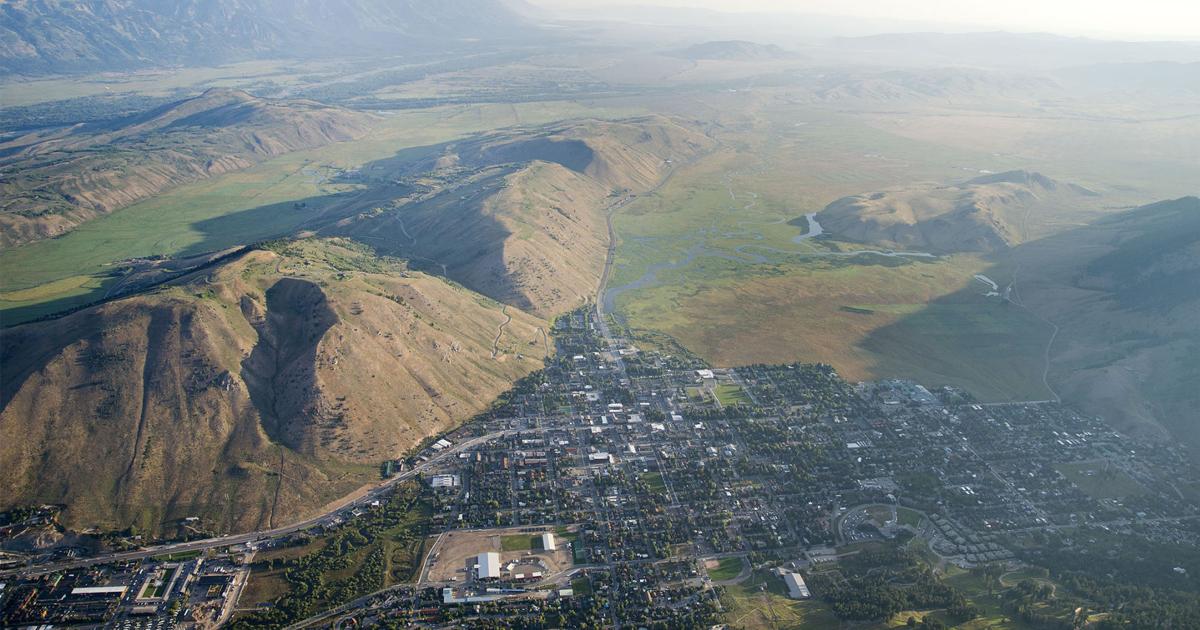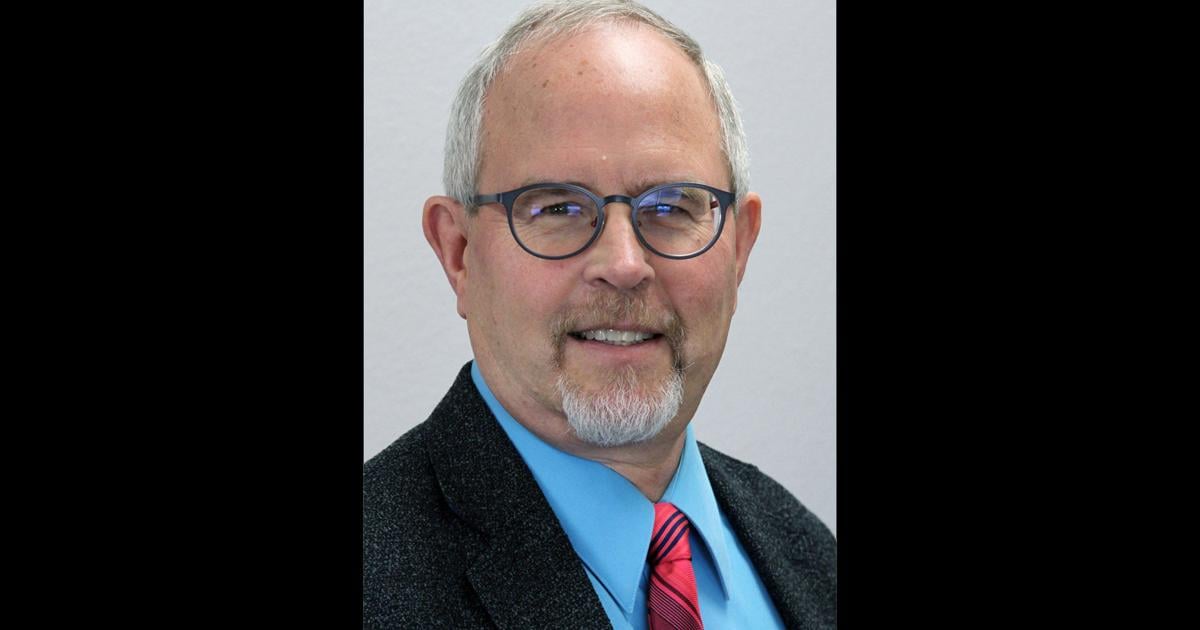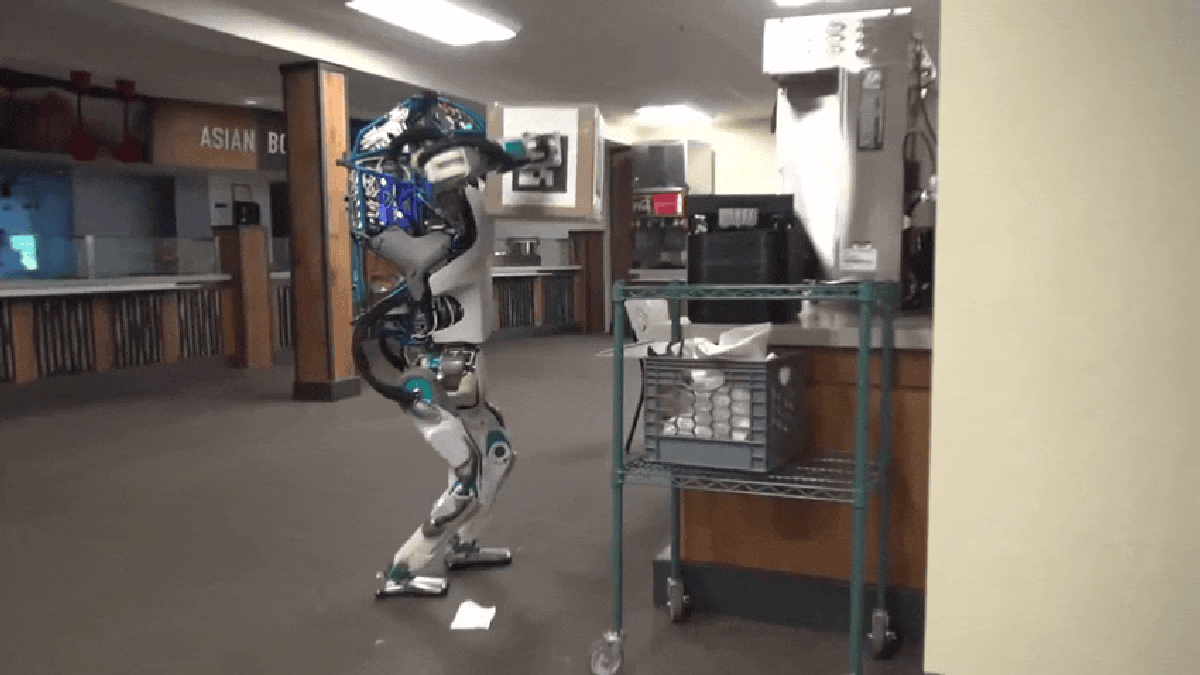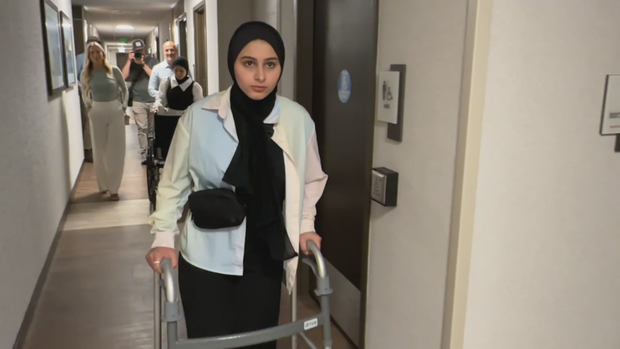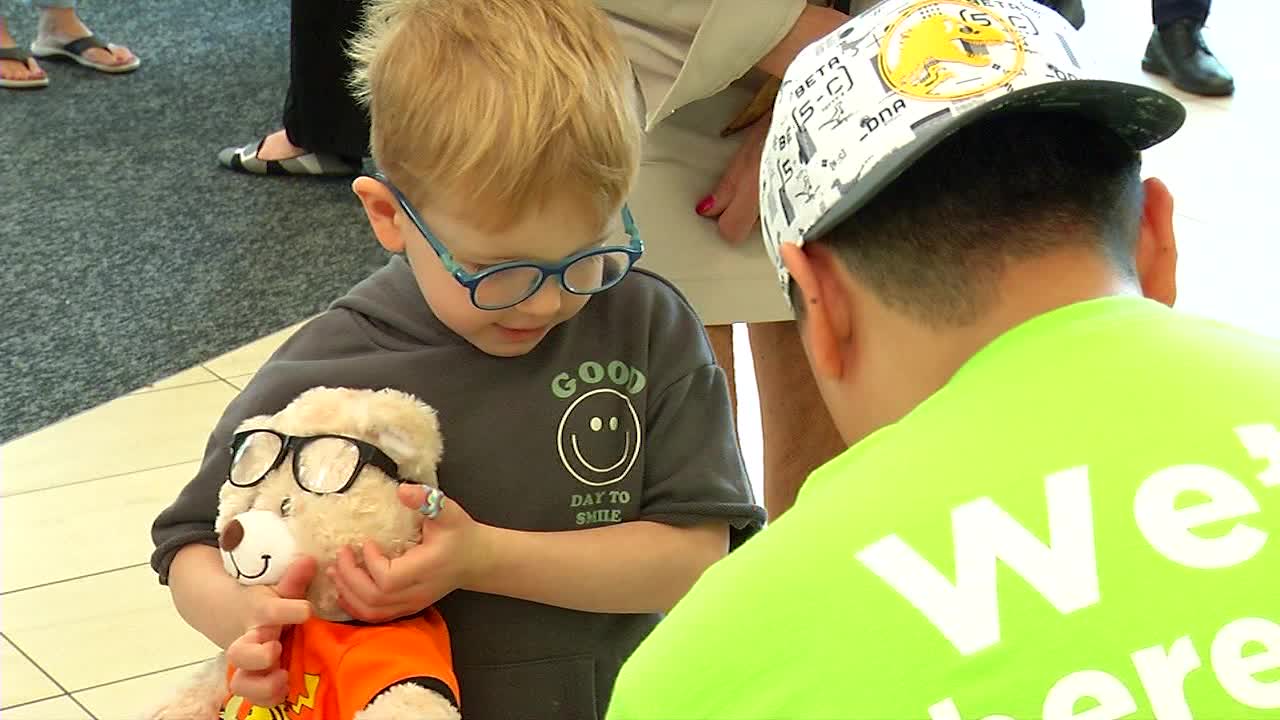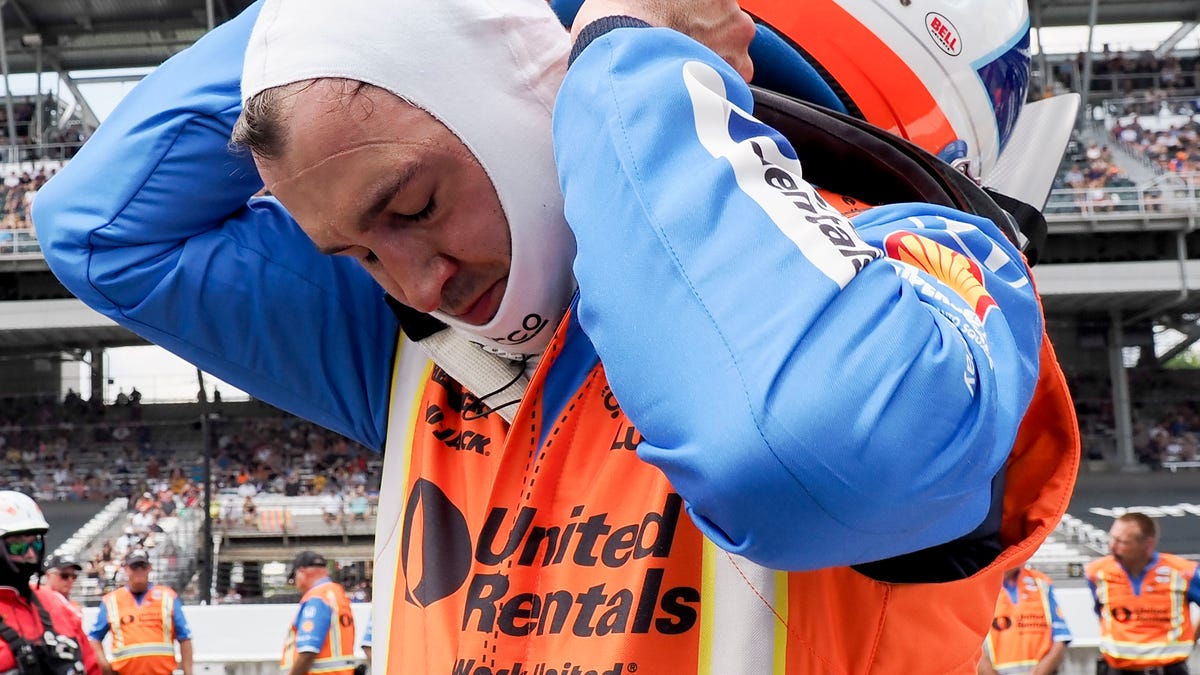Colorado
Some areas of Colorado still don’t have high-speed internet, but new funding could change that

Past attempts to connect all corners fell short
In 2000, then Republican Gov. Bill Owens touted $37 million for U.S. West — which then became Qwest, which got acquired by Centurylink, which is now Lumen — to connect all county seats within 10 years. It was nicknamed “the beanpole project.”
Ten years later, Silverton still didn’t have high-speed access. The fiber cables were about 16 miles short of the town when funding dried up.
In 2010, when Democrat Bill Ritter was governor, the state received $100 million from the American Recovery and Reinvestment Act to connect almost 200 school districts. (That project was called Eagle net). So in 2014, helicopters placed fiber lines along electrical lines to try and connect to Silverton. but even that fell short.
“That got laid all the way just outside of town,” Gallegos recalled with a chuckle. “And now we as a community are responsible for figuring out how do we tether to that amazing opportunity that’s just right outside of our town.”
Sen. John Hickenlooper, the state’s former governor, said geography has been a challenge. “Colorado’s full of box canyons and you go from the plains and then suddenly you’re in the hill country, then you’re in mountains. Broadband doesn’t want to go up and down. If broadband waves start going up, they keep going up. So we end up having to run more fiber longer distances than maybe some other states.”
It’s a literal embodiment of what many call “the last mile problem.”
For so long we have struggled to convince providers to build that last mile,” said Democratic Rep. Joe Neguse, especially in hard to reach places. Despite past promises that failed to deliver, he sees the $826 million from the infrastructure law as a game changer, “because now the federal government, by virtue of the investments we are making, will ensure that that last mile is connected.”
It took almost a quarter of a century, but Silverton was able to get another provider besides Centurylink, now known as Lumen, in and there is some high-speed internet available, but it’s still not everywhere. For example, the Visitor’s Center still relies on the old dial-up system, which is currently out. And Gallegos said Centurylink wouldn’t be able to send a technician to fix it until September.
“It kind of all almost forces you to start exploring the other options in our community,” she said.
Centurylink did not respond to requests for comment.
Money is just one obstacle to spreading broadband across the state
A plethora of three- and four-letter state and federal agencies have spent millions of dollars expanding high-speed internet across the state: DOLA, the BDB, the FCC, NTIA and USDA to name a few. And since the pandemic, the number has grown larger. The state has received $1.2 billion to beef up high-speed internet access.
The big question now is how to best use those funds to get all of the state connected. As past attempts have shown, money has been just one obstacle to spreading broadband across the state. Another has been figuring who to work with; Early attempts focused on big internet providers to do the work.
“We kept subsidizing the largest telecommunications companies in America,” explained Democratic Sen. Michael Bennet, “and said to them, to the tune of $50 billion, ‘Please go out there and build broadband for the American people.’ And they never did, especially in rural America.”
Over in Hinsdale County, another sparsely populated remote county, about one percent of homes and businesses have 100/20 Mbps, while just under 60 percent have 25/3 Mbps, per the Colorado Broadband Office’s map. (The first number is the download speed and the second is for uploads).
Commissioner Greg Levine, who manages the broadband portfolio, said big companies like CenturyLink didn’t give communities what they needed. Instead, the communities got what they got.
“We were like peasants, you know, just begging for scraps,” he said. “And why no providers were willing was that we’re just not a market share. It’s not a profitable market. It doesn’t attract big companies.”
And there could be barriers to luring smaller companies to the market. For example, Centurylink didn’t give other providers much access to the lines they used taxpayer funds to put down.
The way Silverton’s Gallegos described it, Centurylink created a 20-lane broadband highway, but only two of those lanes were open to other providers. Levine worked with other small communities and regional organizations to get another provider interested in bringing service. But he added, there also needed to be some kind of financial incentive.
“I hate to say it, subsidizing them, giving them a whole lot of money to come in and give us a 20-year contract for services,” he said.
Local governments get involved, despite early attempts to keep them out
Another hurdle was a state law. In 2005, Colorado passed SB-152, which prevented local governments from entering the broadband market, unless voters said otherwise.
“We very much viewed it as being friendly to telecom companies,” said Nate Walowitz, regional broadband director for the Northwest Colorado Council of Governments.
He said the law was a legal impediment to communities fixing broadband problems that incumbent providers weren’t addressing. In the end, more than 100 communities got voter approval to get around the bill and this year the legislature finally did away with the election requirement.
For Walowitz, it led to the creation of Project Thor, a 481 mile internet network built by the Northwest COG.
“We had to go it alone and build a regional fiber loop across our region and connect back to Denver so that we could buy broadband bandwidth at Denver prices, which weren’t being provided by the incumbents in our communities,” he explained.
The group partnered with the Colorado Department of Transportation to lay fiber along I-70. The focus for the group is the middle mile. They work with internet service provider partners who get the last mile done.
Several local governments and regions have dipped their toes into these broadband waters
Bennet said the ability of local leaders to get things done was something he saw early on. He pointed to the success of regional groups like the Delta Montrose Electrical Association.
“They had figured out how to do it and how to supply broadband in ways that almost no community across America had done at very high speeds for their constituents,” he said.
Different regions and communities have handled it differently. Brandy Reitter, who heads Colorado’s Broadband Office, said there is no one-size-fits-all solution.
“You have some local governments that will embark on their own community network, but more often than not, we see a public-private partnership, especially in the areas that are really hard to serve, because they’re really hard to scale. And for some local governments they can’t afford to do that,” she explained.
And that’s where the recent flood of federal dollars comes in. Reitter described it as a “once in a generation” opportunity. She’s excited about what this funding could do for the state. But she’s also trying to manage expectations about how soon people should expect to be able to unplug their modems.
“When you look at it, it takes approximately two years to complete a fiber project. And that’s if all the permitting goes well,” she said.
The large amount of federal money may be the final piece of the puzzle, but Hinsdale County Commissioner Levine acknowledged unlocking it may still be challenging for small local governments, especially to meet the reporting requirements that come with it.
Still, Levine anticipates that’s going to be the focus for a lot of local leaders now — how to go after this windfall of broadband funds.
“I’m very grateful that all this money’s flowing into our state,” he said, “And I just need to learn better how to access it ‘cause I often say it is like a cake behind glass and it’s there, but I need to break that glass. I need to lift it up and get to that cake.”

Colorado
Gazan woman from viral video receives prosthetic leg in Colorado

Ahed Beseso arrived at Denver International Airport with her sister Friday night. This was the easiest part of her journey from Gaza.
That journey began in December after the 18-year-old Palestinian’s leg was mangled by an Israeli bomb and then amputated using dish soap and scissors. But without anesthesia.
Beseso was at her home getting ready for lunch with her family when an Israeli bomb hit their building. A wall fell on her legs. Her family rushed to dig her out of the rubble.
“As they were moving things and bringing her down, they noticed that her leg was literally in shards. Just pieces of string and stuff,” Beseso said in Arabic through an interpreter.
Her uncle, who’s a surgeon, cleared the table of food, grabbed a pair of scissors, chlorine and dish soap and amputated her leg. The whole procedure was captured on cell phone video.
“With no anesthesia or antiseptics,” Beseso said.
They lived approximately a mile from Al-Shifa Hospital but because of the war raging outside their damaged home, Ahed had to spend days in her home under the care of her uncle, who had no medical supplies.
“She was coming in and out of waking,” Beseso said.
She says every time he had to change her homemade bandages made of clothing it was excruciating pain. Meanwhile, tanks surrounded her home.
“She would plead with her uncle, like, ‘if they were to come in, please leave,’” Beseso’s interpreter said.
Her uncle promised he would stay if the Israeli Defense Forces came in, but they never did. Eventually, she made it to Al-Shifa but conditions there weren’t much better.
“Because there was no food and water, her nutrition and all of that was really weakening,” Beseso’s interpreter said.
She applied for a visa to leave Gaza and says she was denied several times because of South Africa’s International Criminal Court case against Israel.
“Israel thought that if Ahed were to go out and they were to understand her story of what happened to her, that she would be testifying against Israel,” Beseso’s interpreter conveyed.
Eventually, she got a visa, but it took 18 trips to the border and more violence before she got out. She says the IDF fired at her sanctioned Red Cross van and randomly searched it.
“During several trips where she would try to go there, they would go in and as she was in the car with the Red Crescent drivers, they actually killed the driver,” Beseso’s interpreter said.
Once out of Gaza, the Palestine Children’s Relief Fund flew Beseso to the U.S. for medical treatment.
That’s when she got connected with Colorado surgeon Dr. Omar Mubarak. He evaluated her injuries from cell phone photos and hooked her up with a state-of-the-art prosthetic, which she picked up Saturday after a quick breakfast. Mubarak says he had to do something.
“My heart’s broken and I’m so happy we’ve got this limb and I hope this helps to improve her life,” said Mubarak. “I hope that we can help many other children in the future.”
With a new prosthesis, Beseso took her first steps in nearly six months in Colorado; something she never thought she would be able to do when she was suffering in Gaza.
Her journey started in Gaza but brought her here to Colorado, thanks to Mubarak.
Beseso considers herself lucky, despite her loss: “What happened to me is minuscule (compared) to what’s happening to others and all the other Palestinian children and the families that are in Gaza.”
Colorado
Great American Drive: Independence Pass, Colorado

The 32-mile Independence Pass is an essential American experience for its majesty, jaw-dropping scenery and “Let’s pull over and take another 100 selfies.” It’s open now through October, and closed to traffic in winter.
ASPEN, CO – AUGUST 22: Tom Danielson of the USA riding for Garmin-Sharp leads out Francisco Jarley … [+]
Part of Colorado State Highway 82, Independence Pass is 12,095 feet above sea level and the highest paved pass in North America. Depending on your driving habits, it takes anywhere from 45 to 90 minutes to twist around groves of sublimely beautiful aspen trees and the Roaring Fork River.
It’s narrow, it’s steep enough to make you queasy and it’s twisty as corkscrew pasta, with few guardrails. It’s safe, however, if you take it easy and use common sense. There’s camping for a fee at most places, but it’s offered free along Lincoln Creek Road. Numerous hiking opportunities abound, naturally. But you can also pull off, walk a short distance and picnic near streams, or sit and contemplate and forget the madding crowd. Take your trash, please.
Independence Pass mountain landscape, continental divide in Colorado, USA.
The drive from Denver’s around 142 miles and should take approximately three hours depending on traffic and your driving habits. You can either pop out on the Aspen side and spend the night there, or, if you haven’t had your fill, just turn around and do the pass again.
Helpful things to know
*Oversize and overweight vehicles are prohibited at all times due to the narrowness of the roads in different sections. Don’t try to do it in your RV, in other words.
*Cell phone service is more or less non-existent on Independence Pass, so be sure to download any map you consult so it can be seen off-line. That said, first-timers can just follow the road and you’ll get to the other side from either direction. You just won’t be able to determine “Are we there yet?” until you’re there.
*The best times to drive as far as road conditions and ideal hiking are June, July and August. Because of the mountainous terrain, you’re more than likely to come across snow as late as the latter part of May. Check road conditions beforehand. And drive a snow-worthy vehicle – leave your MX5 or Volkswagen Beetle at home. The pass is full of hairpin turns you’ll want to do when the weather is mild.
The author, Independence Pass
*You can visit as late as October but by that time, the fall colors will be finished and it’ll be like watching “The Wizard Of Oz” in black and white. It’s still fun but you won’t get the full, majestic, soul-stirring experience. The last week of September is usually a good bet to experience the explosion of rich color the pass is known for.
*Bring a jacket no matter what time of year you go. Colorado is known for its bipolar weather. It can be 70 degrees and sunny at noon and 40 degrees at 4 PM.
Colorado
After “riding the emotional roller coaster,” former Avs center Matt Duchene’s quest for a Cup includes knockout of former team

Of course it came down to the puck on Matt Duchene’s stick.
It figures because of his history in this building and this state.
It figures, too, because he had his fingerprints all over Game 6.
Double overtime. Running on fumes. A week that turned the Avalanche’s season upside down.
It’s been a long time since Duchene played for Colorado at this point (although, fans still boo him at Ball Arena). It’ll be a long time before he forgets this one. He just has to remember exactly what happened, first.
“I don’t even know. I think I ended up on my knees,” said Duchene, who did indeed drop to the ice, make a big heart shape with his arms and then punched through it before getting mobbed by his teammates. “I have no idea, to be honest with you. It’s just elation, right? Hard-fought series. They’re a hell of a team, obviously.
“They were really good the last two games and they pushed us.”
The 33-year-old was the No. 3 overall pick by Colorado in the 2009 draft, then played the first nine years of his career for the Avalanche before he asked to be traded and was eventually dealt for four players and three draft picks in November 2017.
Two times before he slammed home the game-winner from point blank range 91-plus minutes into the night, Duchene nearly helped the Stars to victory.
In the first overtime, he won a faceoff and posted up in front of the net, tussling with Cale Makar. Mason Marchment ripped a shot cleanly past Alexander Georgiev, but Duchene was called for interfering with Georgiev and the call withstood a long review.
“I haven’t seen the replay, really, of the no goal,” Duchene said. “I’ll leave it at that. I think you just stay with it. It can be a little tough to reset after you think it’s over and you hope it’s over. It’s a gut punch a little bit, but that’s what we do.”
Early in the second overtime, Duchene got a walk-in chance on Georgiev but couldn’t find the back of the net as the goaltender splayed out to make a stop.
Then, finally, he put Dallas into the Western Conference Final. He’s rarely been part of a run like this during his 15 seasons.
That’s nine years in Colorado, one-plus in Ottawa, a stretch run in Columbus and four in Nashville before signing with the Stars in the offseason.
“At 33, I think there’s a certain level of appreciation that you have that you wouldn’t have had as a young player,” Duchene said. “… I probably let it stress me out more than it’s been fun at times just because you want it so bad, but I’m starting to relax a little bit more and it’s getting to be a lot of fun as we go on here.”
Now the Stars are into the final four and the veteran center will be a key part of the puzzle as they try to find eight more wins.
“Really happy for ‘Dutchy’. He’s ridden the confidence roller coaster here in the second half (of the season),” Stars coach Pete DeBoer said. “Some high highs and some low lows. It was probably about as low as he could be after Game 5. That’s why our group is special. I thought they rallied around him and he was maybe our best player tonight.”
Want more Avalanche news? Sign up for the Avalanche Insider to get all our NHL analysis.
-

 Education1 week ago
Education1 week agoVideo: Police Use Pepper Spray on Protesters on G.W.U.’s Campus
-

 Politics1 week ago
Politics1 week agoOhio AG defends letter warning 'woke' masked anti-Israel protesters they face prison time: 'We have a society'
-

 Politics1 week ago
Politics1 week agoBiden’s decision to pull Israel weapons shipment kept quiet until after Holocaust remembrance address: report
-

 Finance1 week ago
Finance1 week agoSpring Finance Forum 2024: CRE Financiers Eye Signs of Recovery
-

 World7 days ago
World7 days agoIndia Lok Sabha election 2024 Phase 4: Who votes and what’s at stake?
-

 News1 week ago
News1 week agoThe Major Supreme Court Cases of 2024
-

 News1 week ago
News1 week agoTornadoes tear through the southeastern U.S. as storms leave 3 dead
-

 World1 week ago
World1 week agoA look at Chinese investment within Hungary
